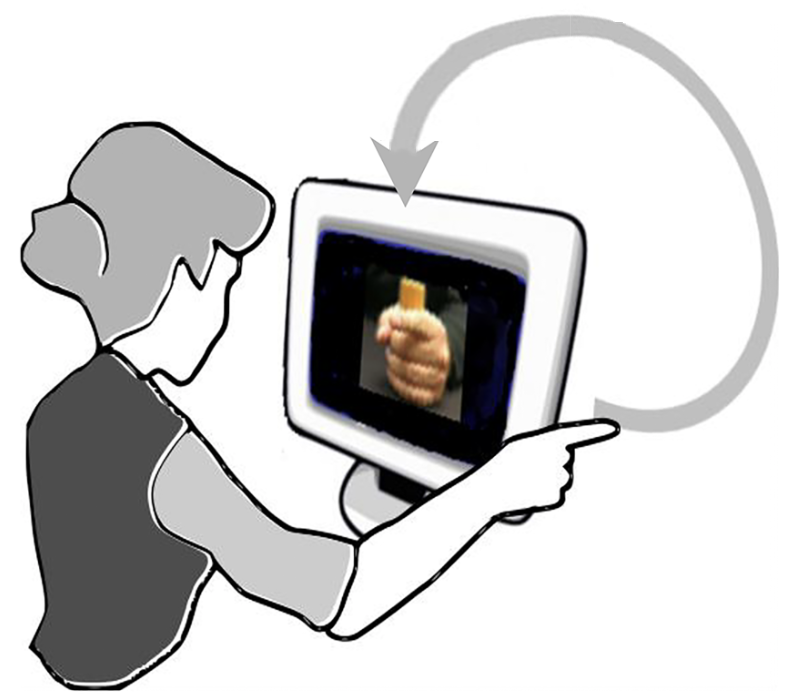The Virtual Teacher (VT) Paradigm: Learning New Patterns of Interpersonal Coordination Using the Human Dynamic Clamp
Abstract:
The Virtual Teacher paradigm, a version of the Human Dynamic Clamp (HDC), is introduced into studies of learning patterns of inter-personal coordination. Combining mathematical modeling and experimentation, we investigate how the HDC may be used as a Virtual Teacher (VT) to help humans co-produce and internalize new inter-personal coordination pattern(s). Human learners produced rhythmic finger movements whilst observing a computer-driven avatar, animated by dynamic equations stemming from the well-established Haken-Kelso-Bunz (1985) and Schöner-Kelso (1988) models of coordination. We demonstrate that the VT is successful in shifting the pattern co-produced by the VT-human system toward any value (Experiment 1) and that the VT can help humans learn unstable relative phasing patterns (Experiment 2). Using transfer entropy, we find that information flow from one partner to the other increases when VT-human coordination loses stability. This suggests that variable joint performance may actually facilitate interaction, and in the long run learning. VT appears to be a promising tool for exploring basic learning processes involved in social interaction, unraveling the dynamics of information flow between interacting partners, and providing possible rehabilitation opportunities.

